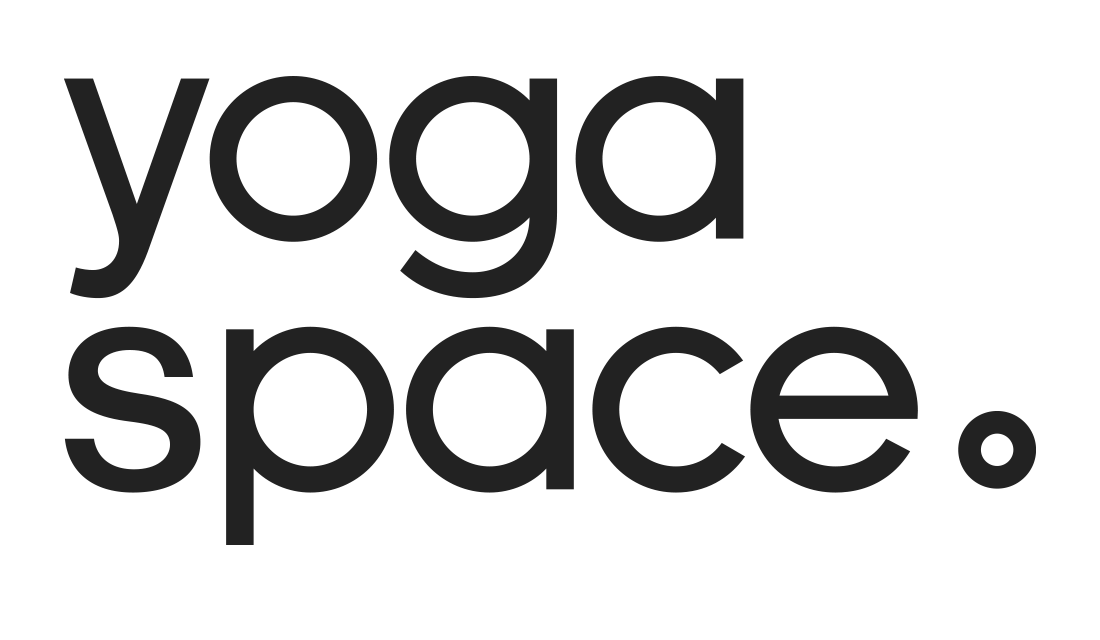9 Artistic Yoga Techniques for a Healthier Lifestyle
Are you looking to infuse a burst of creativity into your yoga practice while enhancing your health? Artistic yoga combines traditional yoga postures with creative movements to invigorate both the body and mind. In this guide, we'll explore unique techniques that will not only enrich your practice but also elevate your wellbeing. Join us on this artistic journey to discover the beauty and health benefits of these yoga styles.
1. Finding Balance with Creative Flow
Explore a sequence of poses that encourage fluidity and grace, connecting each movement seamlessly like a dance. This technique not only strengthens your core but also improves balance and coordination.
By incorporating various styles like Vinyasa and Hatha, you can create an engaging flow that mirrors the unpredictability of life. This artistic approach transforms the mat into a dance floor, encouraging you to move with the flow of your breath. This sync between movement and breathing not only enhances your physical strength but also elevates your mental resilience, helping you tackle daily challenges with grace and ease.
2. Expressing Emotions Through Dynamic Movements
Dynamic movements invite you to express emotions physically, helping release pent-up stress and tension. This form of artistic yoga merges physical exertion with emotional release for holistic health benefits.
By experimenting with vigorous shaking and flowing stretches, you allow emotions to surface and dissipate. This is akin to a theatrical performance where the yoga mat is your stage, and each movement tells a story of your emotional journey. Such dynamic practice can be particularly effective when dealing with anxiety or stress, as it offers an empowering release, leaving you with a renewed sense of peace and calm.
3. Mindful Mandalas for Focus
Incorporating circular movement patterns, or mandalas, can aid concentration and mindfulness. These repeated flowing movements help center your thoughts, promoting mental clarity and serenity.
As you create these circular sequences, envision drawing mindscapes, where each rotation brings you closer to the center of your being. This method is not only beneficial for the mind but also offers therapeutic benefits for the body, improving joint mobility and flexibility. Such meditative practices can transform your yoga session into a ritual of calm and introspection.
4. Soulful Singing and Chanting
Integrating vocal expressions like singing or chanting into your practice creates a harmonic ambiance that boosts spirit and focus. This artistic approach fosters a deeper meditative state while practicing yoga.
The vibrations from chanting can resonate throughout the body, enhancing the practice by activating energy centers or chakras. Sound has long been used as a tool for healing, and in yoga, it deepens the connection between mind, body, and spirit. Whether it's a simple hum or a complex mantra, letting your voice flow during practice encourages self-expression and deep relaxation.
5. Painting a Canvas with Your Body
Imagine your mat as a blank canvas, and your body as the brush. This concept invites you to explore wide-ranging movements, promoting self-expression and creativity during your practice.
As you 'paint' with your body, allow yourself the freedom to move beyond linear motions, experimenting with expansive and three-dimensional poses. This exploration not only aids physical flexibility but also stimulates the mind’s creative faculties. The emphasis is on personal expression, making every practice unique, just like a masterpiece in progress.
6. Unleashing Creativity Through Storytelling
Weaving stories through your practice helps bring depth and intention to your movements. This narrative-driven yoga encourages imaginative thinking, enhancing both creativity and concentration.
You might envision yourself as a tree swaying in the wind during a tree pose or a warrior embarking on a journey in Warrior II. Storytelling transforms yoga into a tapestry of personal growth and exploration, providing a sense of purpose and direction. This method also offers an engaging way to remember sequences and improve concentration through visualization.
7. Connecting with Nature’s Elements
Align your practice with nature by emulating the elements like wind or water. This provides grounding and offers a soothing connection to the world around you, enriching your yoga experience.
Practicing with the imagery of a river flowing or leaves rustling encourages fluidity and adaptability in your movements. It’s a beautiful way to connect your inner rhythm with the natural world, creating a sense of belonging and balance. By embracing these elements, you can deepen your understanding of life's ebb and flow, fostering a profound sense of tranquility and connection.
8. A Fusion of Art and Yoga Through Sketch
Post-practice sketching allows students to express their inner journey on paper, merging visual art with yoga. This creative outlet encourages reflection and insight after a yoga session.
Sketching what you felt or envisioned during your practice can be a powerful tool for introspection and self-discovery. It may reveal subconscious thoughts and feelings, providing clarity and focus. This activity further solidifies the lessons learned on the mat, making the benefits of yoga extend beyond the physical realm into mental and emotional realms.
9. Personalizing Your Practice with Intention Setting
Begin your session by setting unique intentions, guiding your practice with purpose. This personal touch encourages a focused, meaningful connection with each posture you explore.
Intentions can range from cultivating gratitude, seeking inner calm, or finding strength to overcome obstacles. By focusing on a specific purpose, you can transform a regular practice into a transformative experience, ensuring each session aligns with your emotional and physical needs, leading to greater fulfillment and growth.

